All Features
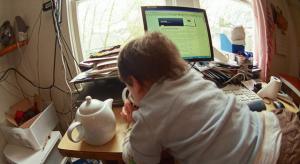
Gleb Tsipursky
So many companies are shifting their employees to working from home to address the Covid-19 coronavirus pandemic. Yet they’re not considering the potential quality disasters that can occur as a result of this transition.
An example of this is what one of my coaching clients experienced more than a…

Celia Paulsen
Nobody likes business to be slow. If you’re in a fast-paced world like manufacturing, seeing your machines or employees idle can drive a person insane. If you’re used to your production line working to capacity and suddenly business slows down, it can be a frustrating time.
When I was in the U.S.…

Knowledge at Wharton
Long stretches of empty supermarket shelves and shortages of essential supplies are only the visible impacts to consumers of the global supply-chain disruption caused by the Covid-19 pandemic. Unseen are the production stoppages in locations across China and other countries and the shortages of raw…

Cheryl Carleton
The labor market is changing rapidly with the onset of the coronavirus pandemic.
Many organizations are laying off almost all of their workers, while others are considering which workers to lay off, which to furlough, and which to keep. Alternatively, some are expanding their labor forces.
When…

Julius DeSilva
ISO 9001 certifications have seen a decline during the past two years, per data from ISO. Some say the standard has gotten too complicated with the introduction of organizational context, risk-based thinking, and the removal of mandatory documented procedures. Even a few of QMII’s clients have…

Kathleen Wybourn
Business continuity is a relatively simple idea. Plan ahead so you can keep your business successful during times of difficulty. Key management transitions, loss of a major customer, the impact of a lawsuit, perhaps a fire or an earthquake. But what if that “difficulty” is a global public health…

Donald J. Wheeler, Al Pfadt
Each day we receive data that seek to quantify the Covid-19 pandemic. These daily values tell us how things have changed from yesterday, and give us the current totals, but they are difficult to understand simply because they are only a small piece of the puzzle. And like pieces of a puzzle, data…

Stanislav Shekshnia
Corporate boards across Europe are reacting to the coronavirus pandemic in three ways. For some, it’s business as usual. “Crisis is the business of the CEO; the board does not need to adjust its workings,” the chair of one such board told me. Other boards are going in the opposite direction,…

William A. Levinson
The phrase “flatten the curve” means to slow the transmission of the coronavirus (Covid-19) in order to spread the total number of cases out over a longer period of time. This will avoid overwhelming the healthcare system.1 The model is accurate as presented throughout the internet, but it also…

David Dubois, Joanna Teoh
From AI-enabled chatbots to ads based on individuals’ search or social media activities, digital data offer novel ways to connect with customers. These connections can develop into intimate customer relationships that boost satisfaction, engagement, and ultimately, loyalty. Consider Netflix’s…

Knowledge at Wharton
When the Mosaic browser, with its consumer-friendly interface, was released to the world in 1993, most had no idea how radically this first foray into the internet era would transform our lives, both personally and professionally. As humans, we are generally poor at detecting and acting on early…
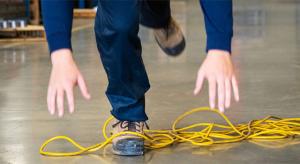
Eric Stoop
According to the National Safety Council, the rate of preventable workplace fatalities per 100,000 workers has flattened or risen slightly since 2009 after decades of steady improvement in occupational safety.
Companies conducting layered process audits (LPAs) can help get the United States get…
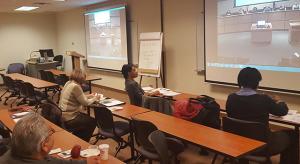
Howard Tiersky
Working from home (WFH) is quickly becoming the new normal. The Covid-19 pandemic kicked the WFH movement into high gear, and many experts believe it will continue long after the crisis has passed. (This article makes a solid case.) But before we can optimize this new way of working, we’re all…
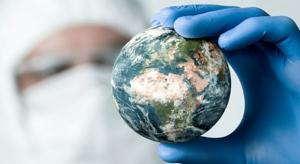
Lee Seok Hwai
In the trenches of the battle against Covid-19, critical defensive gear and medical equipment are in short supply. Doctors and nurses fighting the nonstop onslaught of the highly contagious coronavirus desperately need more ventilators, test kits, surgical masks, shields, and gowns.
In Spain,…

Paula Caligiuri, Helen De Cieri
The coronavirus pandemic has forced tens of millions of employees across the United States to work from home. While this will save lives by limiting the transmission of Covid-19, it also poses significant challenges for employees’ well-being.
How can companies support the health of their employees…

Lee Seok Hwai
Hong Kong scientists teaching a panicked populace to make their own surgical masks with paper towels and metallic wire must surely rank as one of the most Kafkaesque moments of the new coronavirus disease outbreak. But the worst is yet to be if global medical supply chains, already stretched in…
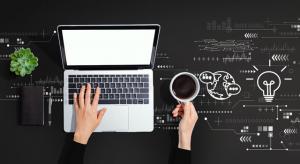
Ken Maynard
When educational and public sectors consider applying a proven method like lean Six Sigma, the perception persists that this “manufacturing program” will not work in a nonmanufacturing environment. Along with that limiting assumption, there is an underlying expectation within the service industry…

Sophia Finn
Effective and efficient supplier management is possible, but not when we’re still using old tools and expecting different outcomes.
Emailing suppliers to communicate product specs, corrective action requests, or audit reports may be “the way it’s always been done,” but that doesn’t mean it isn’t…

This is supposed to be trade-show season. The time when companies send their employees to industry tech shows and user-group meetings to see and experience the latest offerings in their field. A time when companies expend a good portion of their budget on booth space, shipping costs, and hotel and…

Knowledge at Wharton
Companies and societies are at the precipice of rebuilding their foundations to compete in an age of advanced analytics, artificial intelligence (AI), and machine learning (ML). Yet, in the real economy—or in the world outside the tech companies—I see more struggle than success in making advanced…
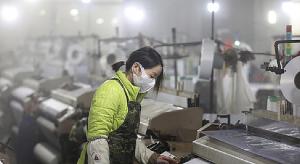
Sean Spence
The outbreak of the Covid-19 virus in China and the railway disruptions across Canada represent two different yet similar classic case studies. They remind us that nations and global economies are becoming increasingly interconnected. Incidents thousands of kilometers away are being felt locally.…

Ben Aston
A large portion of a digital project manager’s job is making sure the right parts of the project are being worked on. Projects need to be prioritized. Tasks within projects need to be prioritized, too.
Plan View’s Project and Portfolio Management Landscape Report found that prioritization was…

Tom Taormina
Each article in this series presents new tools for increasing return on investment (ROI), enhancing customer satisfaction, creating process excellence, and driving risk from an ISO 9001:2015-based quality management system (QMS). They will help implementers evolve quality management to overall…

Maria Guadalupe
When the 2019 Nobel Prize in Economics was announced, it was an exceptional moment because in addition to celebrating contributions to economic science, a methodology was also recognized. The laureates Abhijit Banerjee, Esther Duflo, and Michael Kremer are known for their work in randomized…
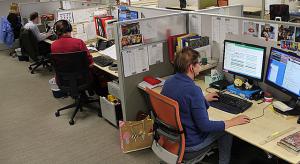
Lisa Cohen
A recent study showing that data entry is one the most redundant and hated workplace tasks raises questions about why, in the age of artificial intelligence, data mining, and smart technologies, this task is still being done manually.
Is there any way it could be less despised?
My ongoing…